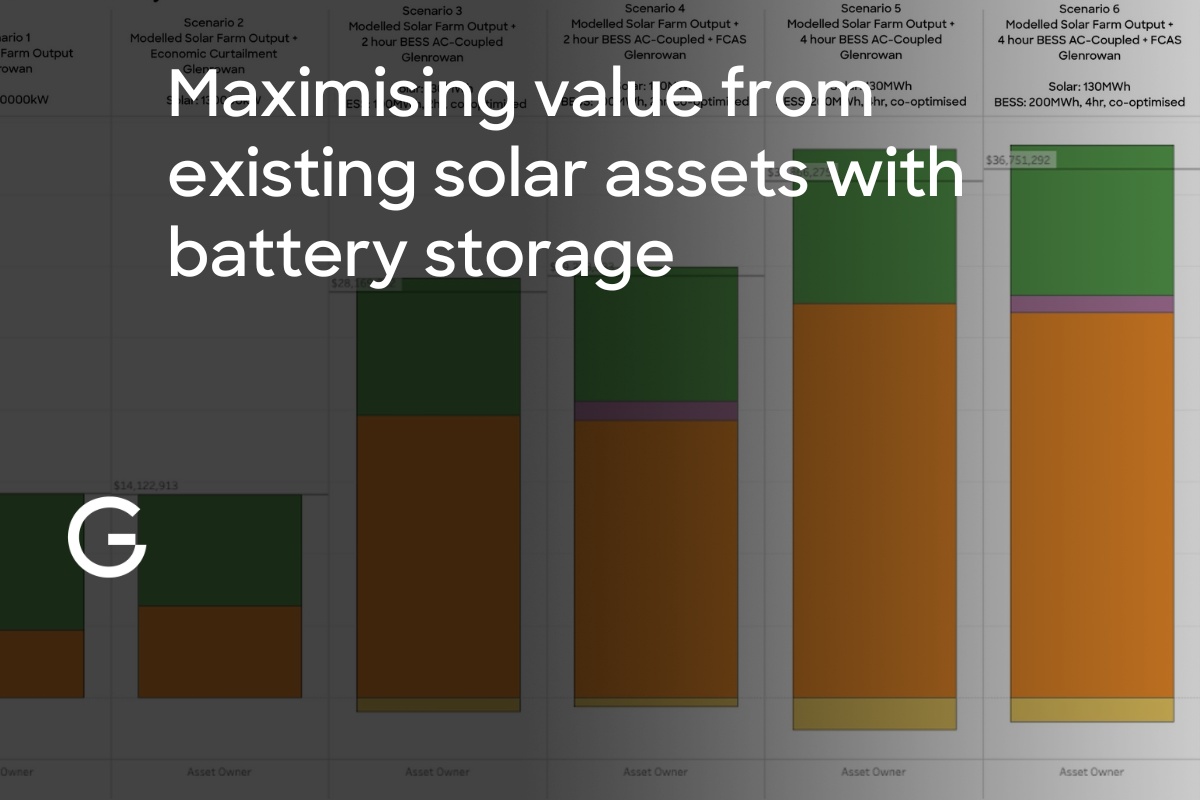The age of long(er) duration BESS has arrived for Australia's NEM

The BESS duration story up to now
The current crop of operational, utility-scale BESS in Australia’s NEM are all between 1 and 2 hours in duration. This has been driven by the fundamental economics of the intraday spot price spreads, which decline steeply for durations longer than 2 hours, and healthy ancillary services, particularly for post-fault markets which reward battery power (MW) rather than battery energy (MWh) - (check out our blog to understand more on battery size and capacity).
These mechanics are further exacerbated by the behaviour of short-duration volatility — price spikes — which rarely exceed 2 hours in length.
Things are changing though and longer duration batteries are coming into the money. That's being driven by fundamental shifts in the underlying pricing dynamics of the NEM and rapidly falling storage costs.
As grid-scale and rooftop solar hollow out the prices in the middle of the day, leaving a skate ramp-shaped hole, dispatchable generation tends to elevate prices in the traditional morning and evening peaks, and further into the late evening and even early morning.
In order to explore the changing landscape for longer duration energy storage we’ve spun up a model in Gridcog to compare forward looking revenue for different durations of large scale BESS in NSW. The power is fixed at 100MW across three different price projections from Endgame Analytics
The extended periods of very low prices followed by extended periods of high prices seen in all three scenarios sustain the intraday price spreads for increasingly longer durations—4 and 8 hours, and in some cases even 12 hours.

Notes on the price forecasts used:
- The Orderly Transition scenario is based on the AEMO Integrated System Plan Step Change. This scenario sees a rapid build-out of large-scale renewables, which tends to dampen prices relative to the other scenarios modelled.
- The Headwinds scenario captures economic coal retirements that slow the transition and difficulty in scaling up the speed of new entrant wind farms.
- The State Success scenario is an Endgame house scenario with all state-based policy targets enforced but without the implicit carbon budget of the ISP.



.jpg)


.png)
